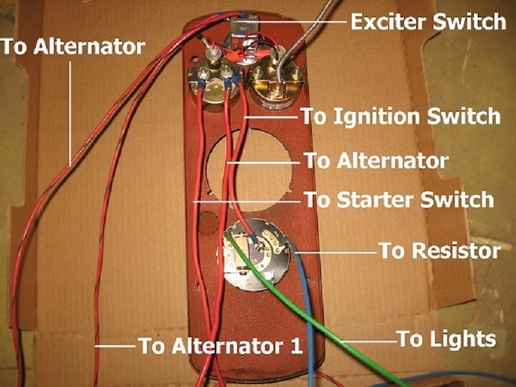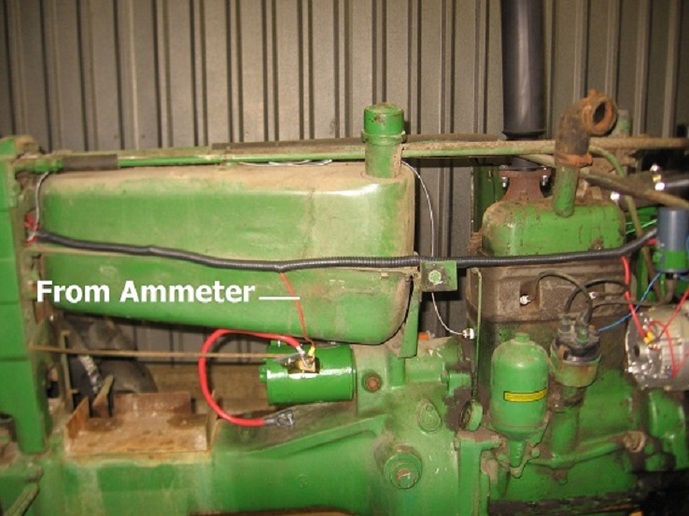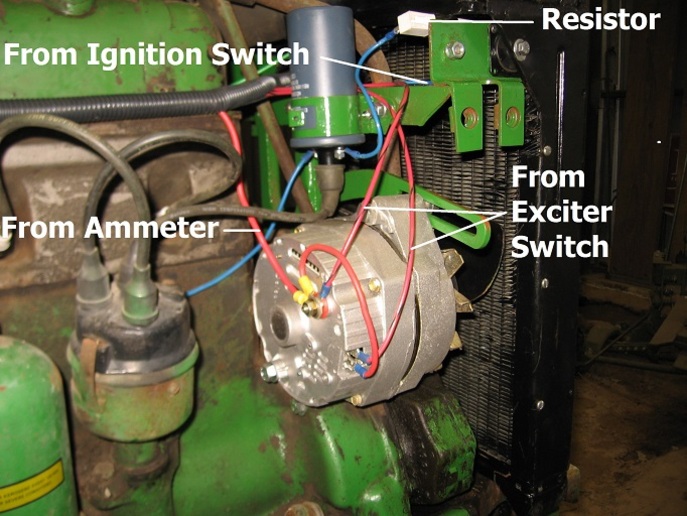crsutton81
Member
I have a early model 420 S that I'm going to change over to 12 volt as soon as the shop frees up from the current clutch job. I have run the rabbit of rebuilt starters, generators and such but it has so much compression to it, you have limited cranking ability and charging has always been an issue. What I plan to do is install a 1 wire alternator wired straight to starter saddle switch and a 12 v internal resister coil. Do I need to unhook the old voltage regulator to prevent any parasitic drainage? I'm not concerned about any lights or Amp Guage on dash.
Any input is appreciated.
Any input is appreciated.




